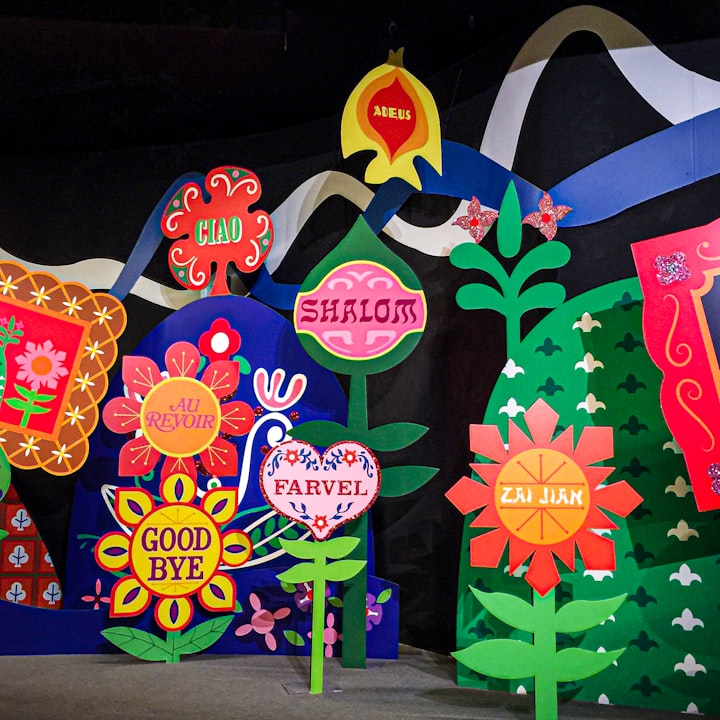What Do Primary Pupils Want to See in Their Classroom?
A study into the preferences and opinions of pupils on the visual environment of their primary classroom.

Unfortunately, the quality of the physical learning environment is not a priority for many schools, with the focus being more on academic and social progression through quality teaching and an engaging curriculum. Although these are important elements in a child’s life at school, authorities overlook the quality of the physical environment in which primary pupils spend the vast majority of their time. Much of the research into a school’s physical environment focuses mainly on the buildings, seldom touching on the furniture, with very little in the way of an effective wall display and its impact on the pupils. For my Masters in Educational Practice and Research dissertation, I conducted an investigation to research precisely that: what do primary aged pupils want to see in their classroom? Below are 5 of the take-aways of my research:
1. Changing of wall displays: teachers all suggested once a half term if possible, or termly, should be a goal for frequency of changing wall displays. This is in line with what the pupils suggested about how often things around them should change. The question from this, however, is whether the children have only experienced classrooms where things are changed half termly, and whether they have considered the impact on their learning of having things changing more often.
2. Stop 'wallpaper' from happening: if the time taken to change a display impacts too heavily on the teacher, they can instead focus on the value and purpose of the item which they have chosen to display. If it is valuable, they will need to bring pupils’ attention back to the item to show them where to refer to, to prevent children from becoming 'blind' to it. My research has shown that pupils prefer having things in their visual environment which they can refer to and learn from; therefore teachers need to make sure that things which are in their classrooms will be of use to the pupils, making sure that pupils use the resources available to them by regularly referring to them. In this way, the environment becomes ‘a teacher’ and plays active role in the pupils’ learning.
3. Creative use of space: the most popular classroom display items photographed by the children for my research project were not the display boards themselves but rather more interesting and creative methods to display educational reference points, such as world flag bunting and a hanging fraction line. Even a display board with laminated paper had changed a regular colour backed board into something original and different; a makeshift whiteboard. Teachers should consider using interesting, creative methods to display information and work, without compromising the time taken to put up the display.
4. Interactive displays: pupils should be encouraged to take ownership of their learning by independently accessing the resources they need. Interactive resources, particularly for selecting more exciting vocabulary, were particularly mentioned and photographed by pupils. Even though pupils have thesauruses, this does not always mean that they are easy or quick to use- especially for younger pupils. Teachers need to be aware of this and consider how effective an interactive resource may be in increasing work rate and in improving vocabulary. Pupils can also be given responsibility for changing ‘word’ or ‘number’ of the week, or even for writing the date. Children learn through actual experiences and individual participation therefore the physical process of retrieving from or contributing to a display board would make this a powerful resource indeed.
5. Balancing how much is on display: The survey and focus group discussion revealed that pupils like to learn from displays and do refer to what they see, however having too much on display could affect how easily they can find the information; if it becomes tricky to find what they need, they may not refer to it at all. Teachers therefore need to be selective with what they put on the wall, how useful is it to what the pupils are learning at that time, can it be removed once a unit or topic is completed, is it referred to often enough, does it overcrowd the room?
It seems that many of the teachers I have spoken to are concerned about being judged by senior leadership teams or parents for not having ‘enough’ on the walls; this begs the question: do we care more about what adults think about the displays in our classroom, or the children? And why are the adult opinions deemed somewhat more important, when the displays should be for the benefit of the pupils? It is time for the way we use the physical environment in our classrooms to change and use them as a 'third teacher' for the children in our care.
About the Creator
Anni Ueckermann
Anni grew up in South Africa before moving to the UK 20 years ago. She is a trained Primary School teacher with a love of languages and animals.






Comments
There are no comments for this story
Be the first to respond and start the conversation.